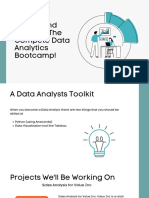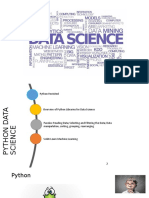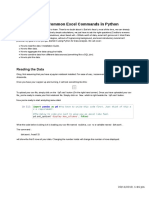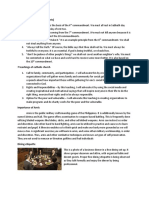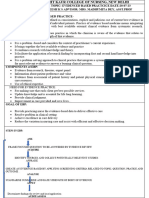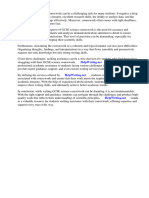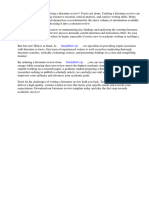0% found this document useful (0 votes)
10 views5 pagesPython Questions BA
The document provides a series of Python interview questions and answers tailored for a Business Analyst role, focusing on data manipulation using Pandas. Key topics include loading and filtering CSV files, data aggregation, handling missing values, and performing SQL-like operations in Pandas. It also covers automation of reporting processes and analyzing user behavior through Python scripts.
Uploaded by
shiva gautamCopyright
© © All Rights Reserved
We take content rights seriously. If you suspect this is your content, claim it here.
Available Formats
Download as PDF, TXT or read online on Scribd
0% found this document useful (0 votes)
10 views5 pagesPython Questions BA
The document provides a series of Python interview questions and answers tailored for a Business Analyst role, focusing on data manipulation using Pandas. Key topics include loading and filtering CSV files, data aggregation, handling missing values, and performing SQL-like operations in Pandas. It also covers automation of reporting processes and analyzing user behavior through Python scripts.
Uploaded by
shiva gautamCopyright
© © All Rights Reserved
We take content rights seriously. If you suspect this is your content, claim it here.
Available Formats
Download as PDF, TXT or read online on Scribd
/ 5




























